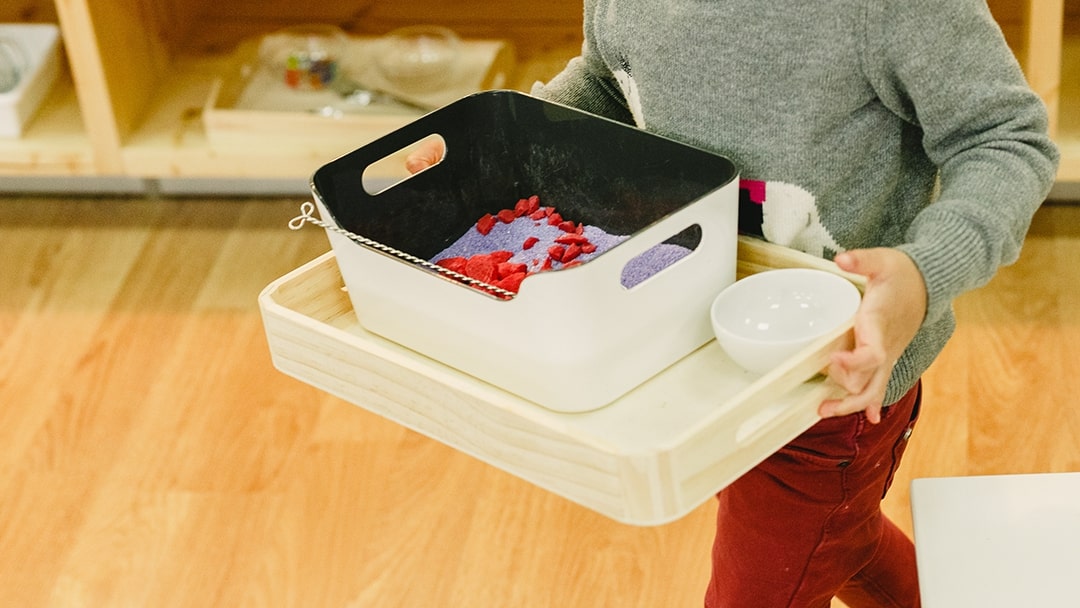If you’ve been researching how best to protect pupils and teachers and nursery practitioners from bacteria and viruses, you’ve probably come across the word ‘antimicrobial’. If you’re unsure what the word means, and how it can be used as part of your health and safety plans at school and nursery, we’ve got you covered. The following article covers everything from ‘what is antimicrobial?’, to ‘what’s the difference between antimicrobial and antibacterial?’
Read through our introduction to antimicrobial and find out what products are antimicrobial that can be used in the classroom.
What is antimicrobial?
An antimicrobial is a substance that kills microorganisms (a word used often to classify bacteria, virus or fungus). Antimicrobial substances come in lots of different forms and can be grouped according to the microorganism they kill. For example, antibiotics is a medication and is used against bacteria. Antifungals are used to kill fungi.
How do antimicrobials kill bacteria?
Quite dramatically, most antimicrobials kill bacteria immediately by causing the bacteria cells to explode. Others consume bacteria resources (what the bacteria needs to spread) which prevents the bacteria from multiplying.
What forms can antimicrobials come in?
Drugs and antiseptics
This type of antimicrobial can be used in or on a living thing. For example, antibiotic medication or hand sanitiser would come under this category.
Pesticides
This might seem like quite an extreme word to use to describe something we might use in the home or in school to kill microorganisms, but this is the word used to classify products such as cleaning wipes. They are anything that is used on surfaces or on non-living things.
In this article, we’re going to focus on the latter as antimicrobial products can be a great asset to the classroom, nurseries and schools to help stop the spread of microorganisms.
What types of antimicrobial pesticides are there?
Sanitisers
Sanitisers are the weakest of antimicrobials; they are safe to use in the home and educational settings. Some sanitisers might be used on food-contact surfaces such as chopping boards or children’s highchairs. Some sanitisers can only be used on non-food contact surfaces. Always read the label!
Disinfectants
Disinfectants kill or stop the growth of bacteria and fungi and some disinfectants target specific viruses. They’re usually the preferred antimicrobial for medical settings, but they can also be used at home – cleaning bathrooms usually involves a disinfectant. They cannot be used on surfaces that come into contact with food. Again, always read the label.
Sterilisers
This is the strongest antimicrobial used around humans (there are other microbials used in particular industries that don’t involve human contact with the antimicrobial). They kill not only bacteria, algae and fungi, they also kill tough spores. Sterilisers are usually restricted and are commonly used in medical and research settings.
What’s the difference between antibacterial and antimicrobial?
Antibacterial chemicals only aim to prevent the development of bacteria. Antimicrobials prevent the spread of bacteria, fungi and some viruses.
Do antimicrobials stop COVID-19?
Antimicrobials haven’t been proven to prevent the spread of COVID-19. Because this is a new virus, tests for effectiveness of antimicrobial agents still need to be carried out and completed. But antimicrobials have been tested against viruses that are similar to COVID-19, like SARS and MRSA and have been shown to be effective.

How does antimicrobial plastic work?
It is possible to create objects and resources that contain an active ingredient which makes the object effective against microbial growth. Many different organisations have created their own antimicrobial technologies that can be used in products. For example, world-famous Gratnell trays, that are used by the NHS, use BioCote® antibacterial additive. This means that objects treated with antimicrobial additives like BioCote® don’t have to be constantly cleaned in order to protect users from infection. The surfaces of the objects are inhabitable for the microorganisms the additive kills.
How can antimicrobial plastic be used in the classroom?
Trying to keep any educational setting generally clean and free from bacteria and viruses is a challenge. But technologies such as BioCote® can be used in resources needed in the classroom that helps to protect pupils and teachers. For example, Gratnell Trays have been used in schools the world over for many years. They’re a fantastic way to keep organised, and now it’s possible to have the added bonus of having antimicrobial trays for pupils and teachers to use. Children can keep all their own individual resources in their tray, and teachers can use the trays to transport books and other resources.
What about antimicrobial soft furnishings?
It’s still really important to keep classrooms inviting and comfortable for pupils and teachers alike, but soft furnishings can be difficult to clean. Like BioCote®, SteriTouch® can be used within the weave of certain soft furnishings, meaning they have the same antimicrobial effect as antimicrobial plastic. That means classrooms don’t have to be cleared of bean bags and soft cushions. SteriTouch® has actually been proven to kill 99.8% of the bacteria that causes C.difficile and MRSA and other bacteria.
Hope Education is dedicated to providing schools and educational settings the materials and resources they need. Take a look at our antimicrobial range and the SteriTouch® soft furnishings.